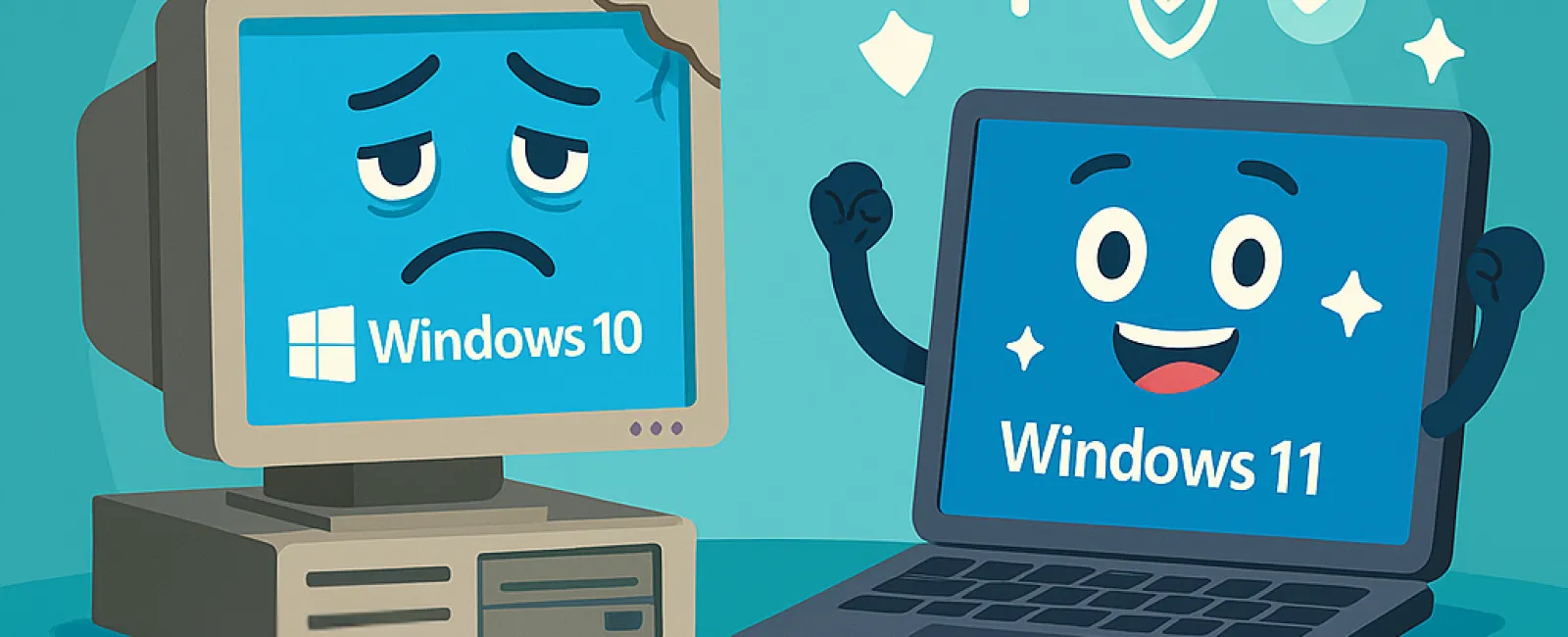September 22, 2025
While it may seem economical to cling to outdated technology, doing so often leads to greater expenses than simply upgrading. Relying on aging hardware and obsolete software can drain your business resources through lost productivity, increased costs, and heightened security risks.
Understanding the True Expenses of Old Technology
Outdated technology impacts your business in several significant ways. First, older systems operate slower, which drags down your team's efficiency and overall productivity. Moreover, these systems are prone to unexpected failures, resulting in downtime that disrupts your project timelines and deliverables.
Security risks are another critical factor. Legacy software and hardware no longer receive vital security patches, leaving your infrastructure exposed to cyberattacks. Hackers exploit such vulnerabilities to access sensitive business data, increasing your risk of data breaches. Consequently, maintaining outdated tech can also jeopardize your compliance with industry regulations.
How to Determine When It's Time to Upgrade
Watch for these clear indicators that signal your technology needs an update:
1. Running on Windows 10 or Earlier Versions
With Microsoft ending support for Windows 10 in October 2025, continuing to use this OS exposes your business to unpatched security flaws and compliance hazards. Planning your upgrade to Windows 11 now ensures your systems stay secure and supported.
2. Repeated IT Support Calls for the Same Problems
Persistent crashes, slow performance, and frequent freezes don't just frustrate your staff—they are signs your technology is deteriorating. Such issues disrupt workflows and reduce team productivity, costing your business time and money.
3. Incompatibility with Modern Applications
If your software can't integrate with the latest cloud-based tools or mobile applications, it limits your business's ability to innovate, serve clients efficiently, and grow. Staying current with compatible software opens doors to new possibilities.
4. Devices That Hinder Workflow Efficiency
Computers that take too long to start or crash during critical tasks, like video calls, bog down your team's productivity. Devices older than three to five years should be evaluated for performance and energy use to prevent diminished output and higher operational costs.
5. Outdated Security Systems
Using firewalls or antivirus software that hasn't been updated recently leaves your business vulnerable to evolving cyber threats. Since outdated security is often the weak link hackers exploit, updating your defenses is crucial to protect against ransomware and data breaches.
Worried that upgrading will break your budget? It's important to weigh these costs against the hidden losses from slow, insecure systems. Fortunately, there are cost-effective, strategic upgrade paths tailored to keep your business secure, streamlined, and within budget.
Partner With Experts to Simplify Your Upgrade
If you want a trusted team guiding you through technology transitions and proactive in pinpointing outdated equipment, reach out to us. Schedule a FREE Consultation to discuss how to secure, enhance, and optimize your IT setup. Contact us at (858) 538-4729 or click here to get started.




